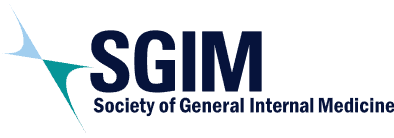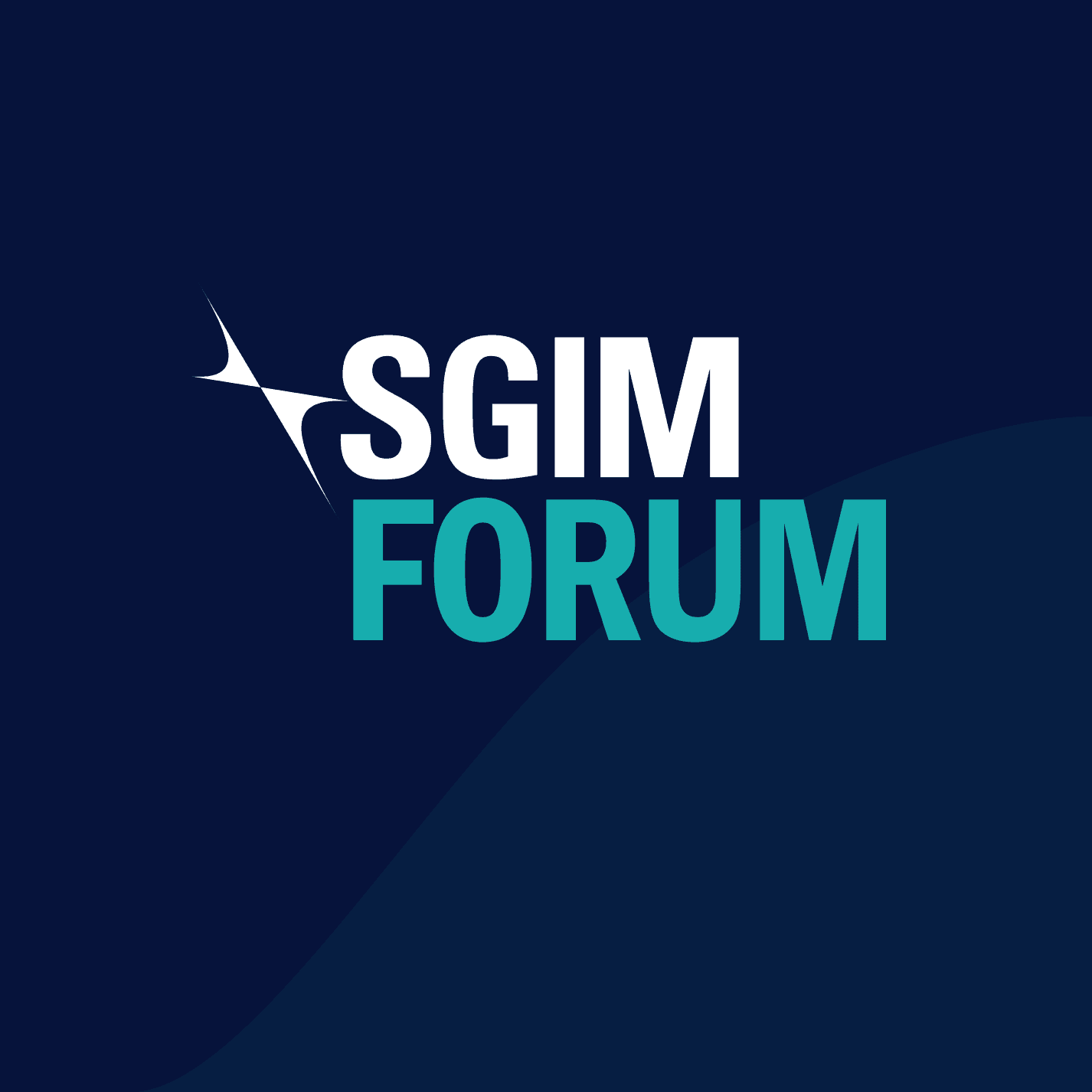It could have happened. You could have done well, weaned off your oxygen, and returned home to the family whose love for you echoes through the phone. But you didn’t survive. You got so sick so fast, and within 24 hours of our meeting, you were gone.
“We don’t believe it’s her time,” your family told me. An hour later, your heart stopped, and as my team worked to revive you, I told your kids you weren’t going to make it.
“Let her go,” your daughter managed to say. My heart raced with your daughter’s cries in my ear as your heart beat no more.
As I finished sharing this story, the five people on the screen reflected back at me, eyes filled with tears. Then, one by one, each of them started to give me feedback on the story I’d written, what had resonated with their own experience or touched them even if the situation was foreign to them. They commented on specific word choices, narrative structure, and the emotion the story provoked.
This is the Things They Carry Project, “free writing workshops to help healthcare workers and first responders process traumatic memories and make sense of their experiences.”1 The project was founded by Kerry Malawista, Ph.D., a psychoanalyst who discovered writing as a means of healing amid her own grief after the death of her 18-year-old daughter. Healthcare workers can sign up for a series of three 90-minute workshops that take place on Zoom—the groups are led by a writer and a trained psychotherapist. During each session, participants have time to write about their experiences over the past year and then share those writings with the group.
Through writing and sharing stories from the frontlines of the COVID-19 pandemic, the project hopes to help healthcare workers begin to process and heal from this trauma. “For our writing to be a healing experience, we honor our pain, loss, and grief.”2 How we write about traumatic experiences determines the healing power of the act of writing. When done well, writing mimics the work of mourning and can be a transformative experience.
A healing narrative tells precisely what happened and does so with a richness of detail.2 While many frontline healthcare workers may describe the COVID-19 pandemic as the worst experience of their careers, it is in the specifics that the writing becomes therapeutic. Examples shared in the workshop include the last words a patient said before being intubated and crying in the car on the drive home after an ICU shift while on the phone with a sibling.
A healing narrative connects feelings to events and notes how feelings in the moment may differ from emotions later when reflecting on the event and writing about it.2 A common theme in the workshop is that participants did not have time to feel anything in the moment. For many, it was all they could do to move from crisis to crisis. As a dedicated space to reflect on the experience of the pandemic, Things They Carry is the first opportunity for many to feel at all.
Finally, a healing narrative goes beyond telling the story to reveal insights gained from the lived experience.2 Through the sharing of stories with other healthcare workers, a community is being created within this project. The expertise of the writers and therapists guide participants to explore their stories more deeply and from different lenses. This process of reflection is where healing begins.
For those interested in joining this community and engaging in the work of writing to heal, workshops are ongoing, and the schedule can be found on the project’s website www.thingstheycarryproject.org.
References
- The Things They Carry Project. https://www.thingstheycarryproject.org. Accessed August 15, 2021.
- DeSalvo LA. Writing as a Way of Healing: How Telling Our Stories Transforms Our Lives. United States: Beacon Press, 2000.
Issue
Topic
Clinical Practice, COVID-19, Hospital-based Medicine, Medical Education, SGIM, Wellness
Author Descriptions
Dr. Caputo-Seidler (jcaputos@usf.edu) is an assistant professor in the Division of Hospital Medicine at the University of South Florida and a participant in the Things They Carry Project
Share
Learn How to Do Nothing
Just after beginning summer vacation this July, I shared a story with…
Q & A with SGIM’s CEO and the ACP’s Vice President for Clinical Education about Improving Physician Well-being
How did SGIM help launch professional society programming to improve physician well-being?…


